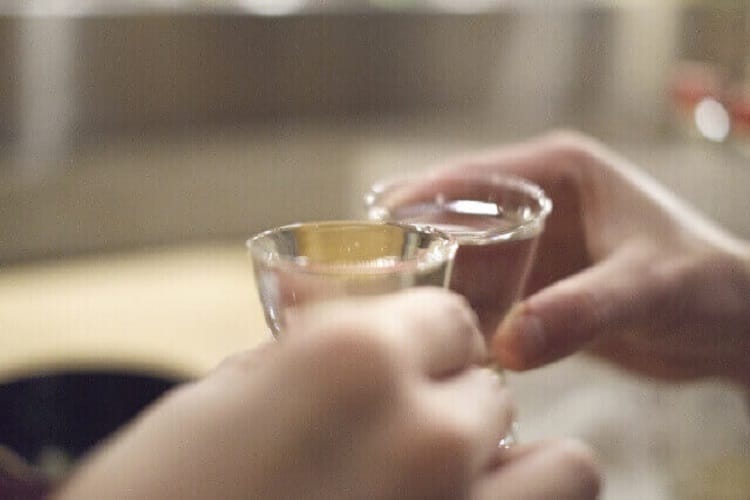
If you are just starting to drink Japanese sake, you might be confused by the names of Junmai Daiginjo Sake, Ginjo Sake, Honjozo Sake, Special Junmai Sake and so on.
What's more, I don't know what to do, such as ginger, abandonment, expanse, and raw storage! Many people are frustrated.
Japanese sake has a variety of ingredients and production methods. Of course, even if you don't know the meaning of the name and its characteristics, you can enjoy it as long as it is delicious.
However, the deeper world of sake becomes more fun as you understand. And if you answer correctly when asked, it's definitely a bit of a feeling to be seen with respect.
This is a great time, so take this opportunity to solve all the questions about how to call sake!
Start here! Organize “named sake” that should be kept
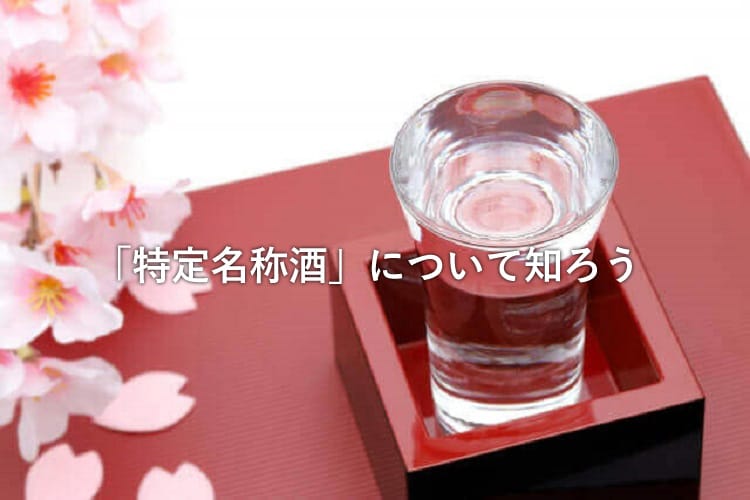
Whatever you want to master anyway, "special name sake". Knowing this, the world of sake that seemed far away can be felt at once.
Specific name liquor is standard established in 1989 (Heisei 1) by liquor industry association lawis. After that, official application started in 1990.
To name yourself a specific name sake,The ratio of the use of glutinous rice (ratio of the weight of glutinous rice in the total weight of white rice as a raw material) is 15% or more, and the raw rice is recognized as 3 or more by the Agricultural Products Inspection Law (Sake Brewery) (Preferred rice grades are classified as special, special, 1, 2, 3, etc.).
And depending on the raw materials such as whether or not to add brewed alcohol, the rate of rice polishing, the production method, etc.Junmai Daiginjo Sake, Junmai Ginjo Sake, Daiginjo Sake, Ginjo Sake, Special Junmai Sake, Junmai Sake, Special Honjo Shuzo, Honjo ShuzoIt is classified into.
Most specially named sakes are labeled with the corresponding name. Therefore, if you understand the conditions, specifications, and features of the specific name sake, you will be able to choose your liquor at a liquor store more easily and at once.
First, clean up with basic 3 type
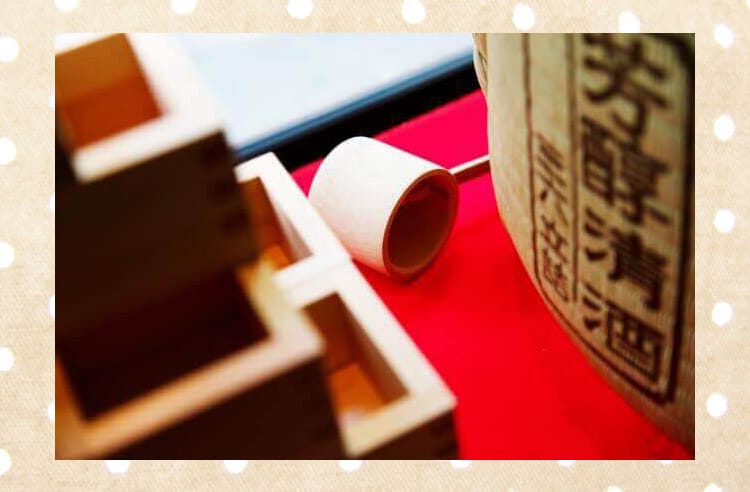
There are many people who feel that the specific name liquor appears to be complicated and difficult to understand at first glance because similar words appear.
So, first of all, let's start by classifying the basic three types.
① Pure rice wine type
Liquor made from only rice and rice bran.No brewing alcohol added. This applies to the 4 types of Junmai Daiginjo Sake, Junmai Ginjo Sake, Special Junmai Sake, and Junmai Sake.
Of these, the pure rice sake polishing rate is not stipulated because the requirement was abolished in 2004 (Heisei 16). for that reason,Pure rice sake with a rice polishing rate of 90% has also appeared..
The main factor behind the elimination of the pure rice liquor milling ratio, which was once set at 70% or less,With the development of manufacturing technology, it has become possible to create quality sake that is suitable for the name of pure rice sake.is mentioned.
② Main brewing type
Liquor made from brewing alcohol in addition to rice and rice branis. The amount of alcohol used for brewing is regulated,10% or less of total white rice weightIt is decided.
Daiginjo Sake, Ginjo Sake, Special Honjo Sake, and Honjozo Sake are 4 types.
③ Ginjo sake type
Liquor made with "Ginjo-zukuri" using more polished rice and rice bran.
4 types of Junmai Daiginjo sake, Junmai Ginjo sake without brewing alcohol, Daiginjo sake with brewing alcohol added, and Ginjo sake.
There is no clear definition of “Ginjo-zukuri”, which is listed as a condition for Ginjo sake.A method of making so-called ginjo incense by using rice with a low rice polishing ratio (that is, a lot of rice) and fermenting it slowly over time at low temperatures.Say. It is called Ginjo-zukuri because it is carefully brewed.
More detailed specifications can be understood from a list
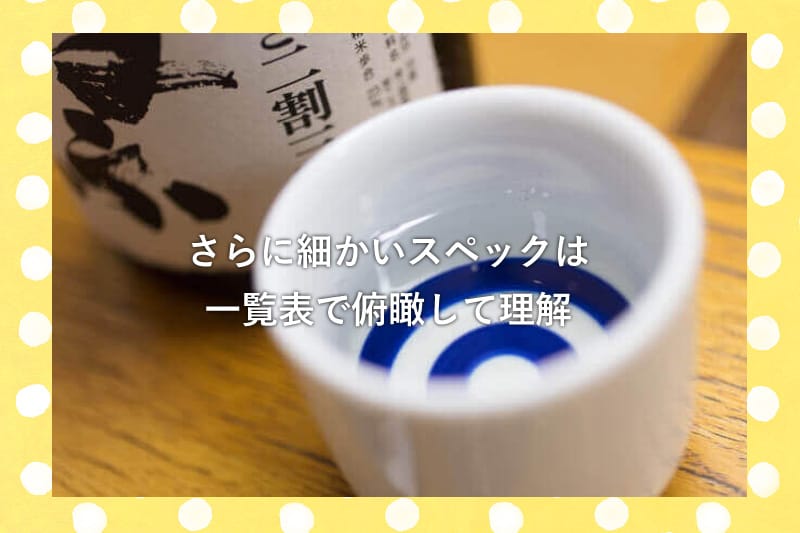
Once you have organized the three basic types, let's look at more detailed specs next time.
This is the summary of all 8 types of specially named sake in a list.
[Specific Name Name Raw Material Milling Ratio Percentage of Sticky Rice Used, Flavors, etc.]
Junmai Daiginjo Sake Rice / Rice 50% or less 15% or more Ginjo-zukuri, unique flavor, and Ishizawa are particularly good
Junmai Ginjo Sake Rice / Rice 60% or less 15% or more Ginjo making, unique flavor and color
Daiginjo Sake Rice, rice koji, brewing alcohol 50% or less 15% or more Ginjo making, unique flavor, and color are particularly good
Ginjo Sake Rice, rice koji, brewing alcohol 60% or less 15% or more Ginjo brewing, unique flavor, and good color
Special pure rice liquor Rice and rice bran 60% or less or special production method (explanation required) 15% or more Flavor and color are particularly good
Pure rice liquor Rice and rice bran No provision 15% or more Flavor and color are good
Special genuine brewed liquor Rice, rice bran, alcohol for brewing 60% or less or special production method 15% or more Flavor and color are particularly good
Genuine sake rice, rice bran, alcohol for brewing 70% or less 15% or more Flavor and color are good
At the beginning, the memory of the rice polishing rate was confused, and it was hard to remember, “What? What percentage of the rice polishing rate of Ginjo Sake?”.
Please use this table at such times. As you check the table over and over again, you will naturally learn, so don't worry if you don't remember right away.
What is "special" of special pure rice sake and special genuine brewed sake?
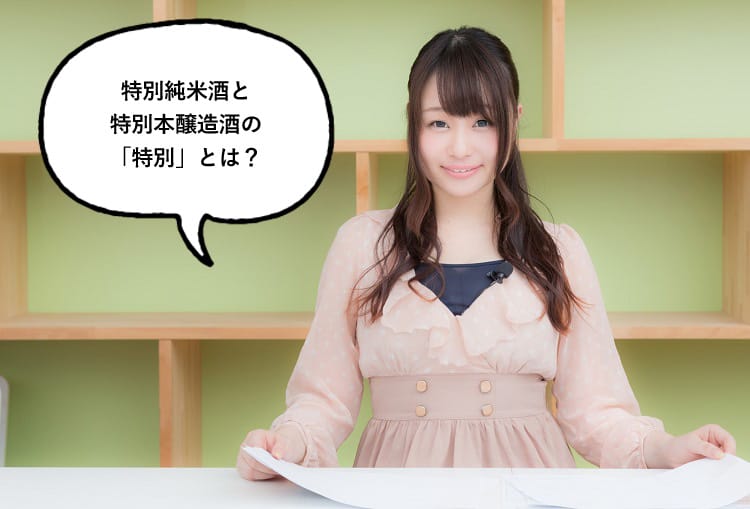
Among the specially named sakes, “special pure rice sake” and “special Honjozo” are bothering you.
Is one of the conditions"Rice milling rate 60% or less"That's simple and easy to understand. But what is "special" even if it is called "special manufacturing method"? Many people have the question.
Actually,There is no clear standard for "special manufacturing methods". Whether it is “special” or not is determined at the discretion of each brewery.
In general, some of the approved manufacturing methods are:Commitment to raw materialsIs mentioned. For example, alcohol that uses 100% of “Yamada Nishiki”, a rice suitable for brewing, and pesticide-free rice are considered “special”.
In addition, Commitment to the manufacturing methodCan also be mentioned. For example, sake that has been fermented at a low temperature for a long time like Daiginjo sake, or sake that has been squeezed using a wooden tank, is considered “special”.
To name “Special Junmai Sake” or “Special Honjozo”These “special manufacturing methods” are required to be specifically labeled..
If you see it at a liquor store, please check it out. If you don't understand, it's a good idea to ask the clerk more and more without embarrassment. I will study very much.
Even when the sake changes with the same spec
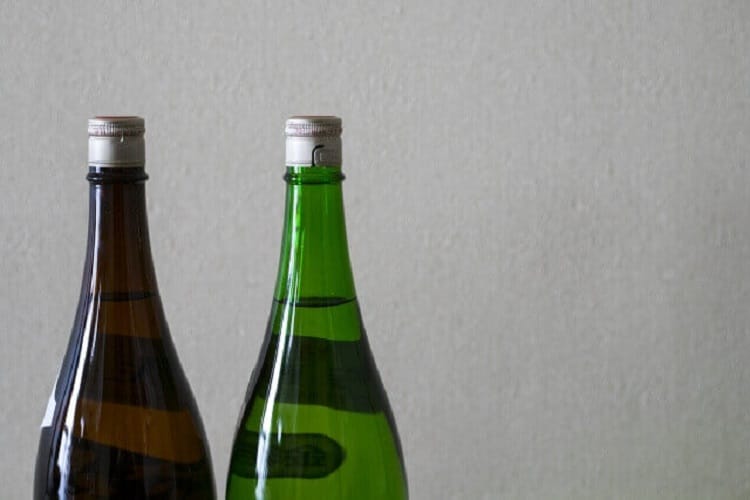
You may have noticed by looking at the table, but the standard for the rate of polished rice for specific sake is not "50-60%" or "60-70%"Only upper limits are set, such as "60% or less" or "70% or less".
In other words, Junmai Daiginjo Sake, Junmai Ginjo Sake and Special Junmai Sake may have the same ingredients and polished rice ratio.It is. The same applies to Ginjo and Special Honjozo.
Actually,As long as the conditions are clear, what kind of name to choose is left to the free judgment of the brewery.
For example, let's consider a case where only rice and rice bran are used as raw materials to make sake with a rice polishing ratio of 50%. In this way, if you meet both the conditions of “Junmai Daiginjo Sake” and “Special Junmai Sake”, how do you decide which name to call?
Generally, sake made with the concept of gorgeous and sweet ginjo incense, which is one of the features of “Daiginjo”, is described as “Junmai Daiginjo Sake”.
On the other hand, sake made with the concept of “pure rice” and the rich taste of rice and the solid taste of “pure rice” can be drunk with the image of “pure rice”. There is a tendency to choose the term “pure rice sake”.
In other words, Even if the raw materials and the ratio of polished rice are the same, the difference in the description is born by the difference in the "concept"That's why.
Japanese sake that doesn't have a specific name
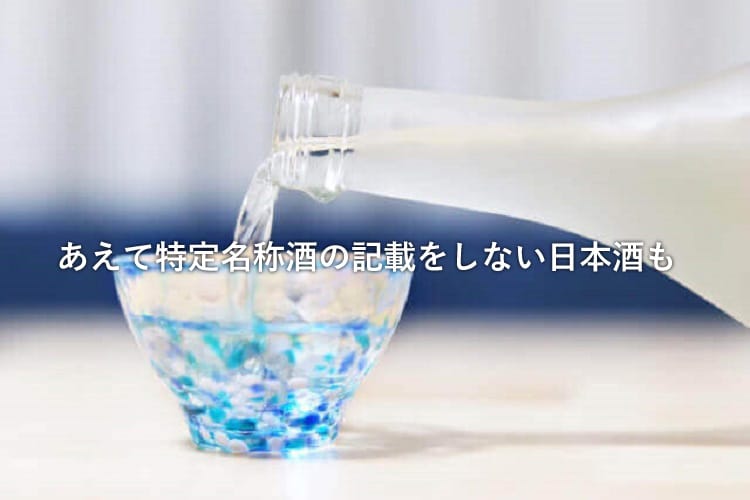
In the brewery,“I want you to enjoy the sake itself in a blank state without being caught by prejudice by a specific name.”In the last few years, there has been an increase in the number of places that do not dare display labels.
For example, at Wakakoma Sake Brewery (Oyama City, Tochigi Prefecture), all of the “Wakakoma” series of liquors are “Mixed Stone 80”, “Miyamanishiki 70”, “Omachi 50”, etc. "Rice milling rate" is described.The name of the special sake is not seen on the label at all.
In addition, Senkin (Sakura City, Tochigi Prefecture), which is familiar with the Sensen brand, does not give a specific name but does not push the rice ratio to the fore.
In fact, most of the sake made by SenkinMilling rate less than 50%. In other words, it is a spec that can be used with any specific name. If you still do n’t sing a specific name,I want consumers to judge the total value of alcohol from the raw rice and how it is made.It seems that it is because it thinks.
Certainly, specially named sake such as “Junmai Daiginjo Sake” and “Daiginjo Sake” is one of the useful guidelines for choosing Japanese sake. Because of its high-quality impression, there are many cases where “Pure Rice Daiginjo Sake” or “Daiginjo Sake” is often chosen when presenting to people.
However, it is also true that if you are too obsessed with the designation of a specific name, you tend to rely solely on your beliefs and images.
Flexible and free sensibility is important to expand the range of choices and touch the appeal of more sake.It will become.
If you have a liquor that you are interested in, try it out with your own tongue. If you do so, you will surely find new discoveries each time.
Except for the specific name sake, “Sake”
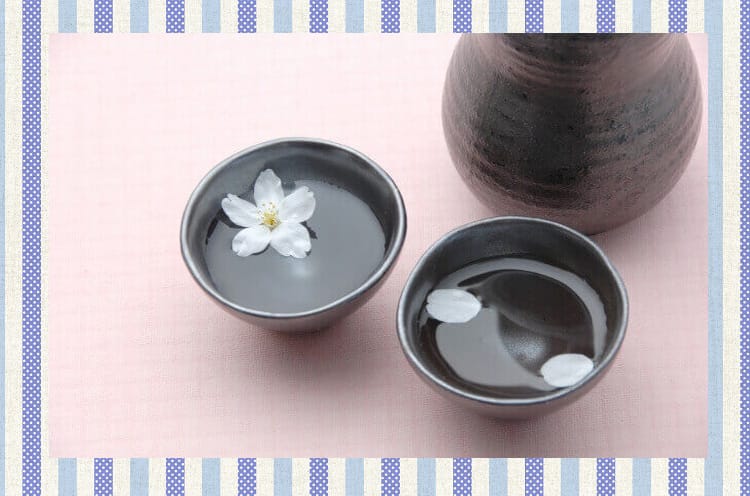
Sake is not just what is called these specially named sakes.Sake that does not meet the criteria of specified name liquorIs called.
However, ordinary sake is a common name. There is basically no ordinary sake listed on the label. By the way, in sake breweries, it is often called “regular sake” or “general sake”.
Specifically, if one of the following conditions is met, it will be treated as “ordinary sake”.
・ Additional amount of alcohol for brewing
・ Additional alcohol for brewing and rice milling ratio of 71% or more
・ Using sweeteners, acidulants, amino acids, etc. as raw materials
In recent years,The proportion of specially named sake in the total production of sake tends to increase year by year..
That said, the percentage of regular liquor is still much higher,Even in 2016 (Heisei 28) year, the ratio is about 67%Is occupied.
There are many sake breweries that make specially-named sake for large consumer markets in cities such as Tokyo, but mainly make regular sake for local customers.
Among locals, ordinary sake has been a part of everyday life for many years as a drink for everyday supper.
Ordinary liquor is often only available locally. If you're on a trip, why not try the local liquor's regular sake along with local food and snacks?
It's even more fun if you have the opportunity to hang out with the locals. It may be a special memory that goes beyond the sightseeing spots.
What are some of the special features that I sometimes see
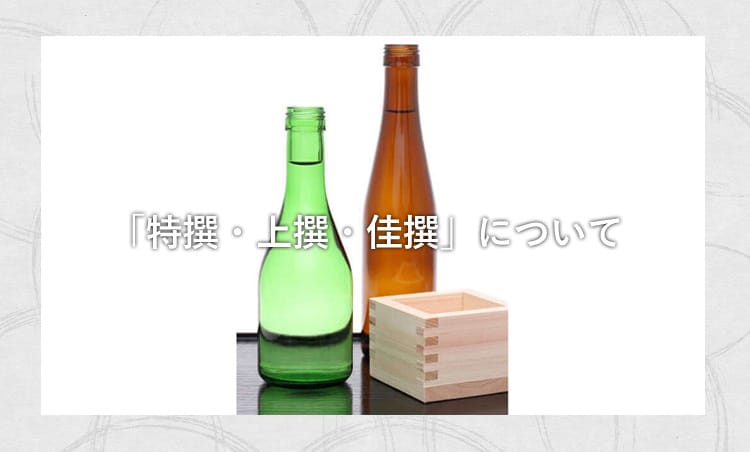
In addition to the specific name sake,`` Special '', `` Upper '', `` Jia ''Some sake breweries use the name. Many of you may have seen these notations on traditional design labels.
Sake was once called special, first, secondThree-level “classified system”Was adopted. But,With the birth of the “named liquor”, abolition proceeded in stages, special grades were abolished in 1989 (Heisei 1), and first and second grades were abolished in 1992 (Heisei 4). The system, which lasted for more than 50 years, ended its long history.
このThe special grade, first grade, and second grade rankings based on the classification system are "special", "superior", and "jutsu".
It can be said that each brewery has been ranked as a guide for people who are familiar with the classification system to choose alcohol.
In general, the old / special class liquor is often referred to as "special", the old / first class liquor is called "Kamijo", and the old / second grade liquor is often referred to as "Jiao". is.
